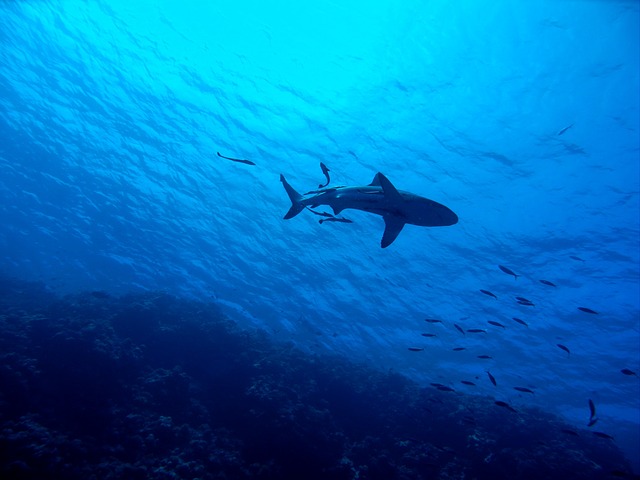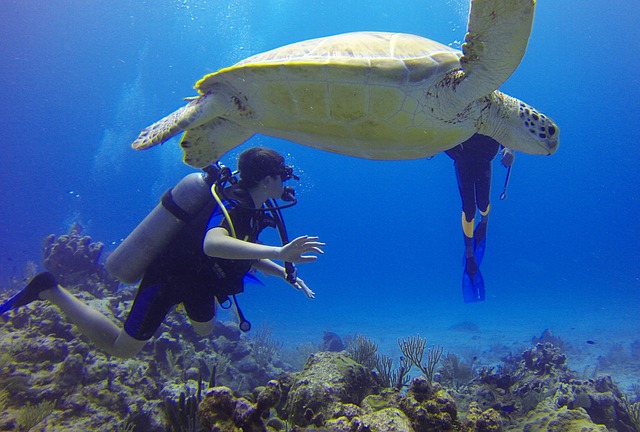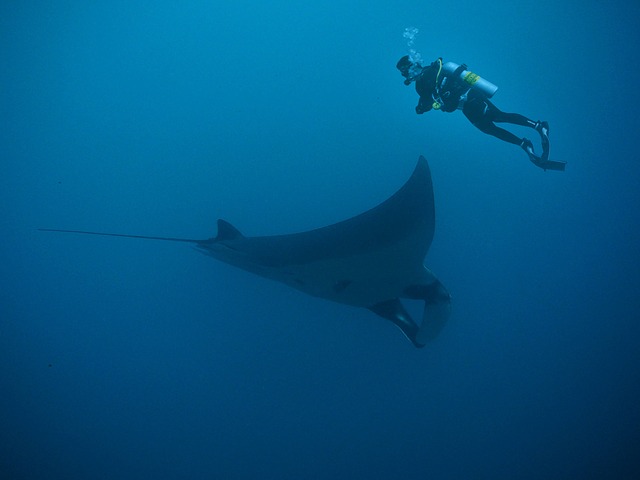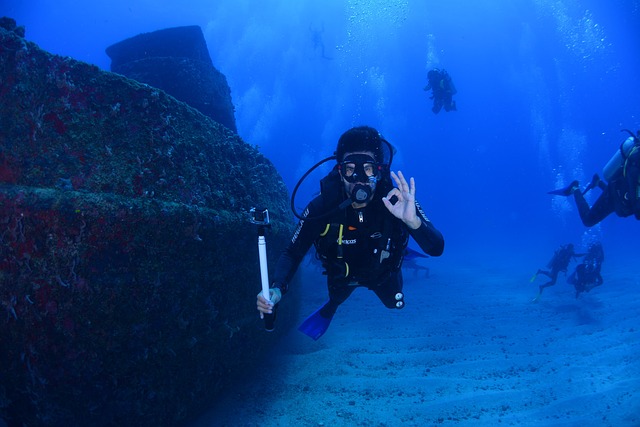Diving in the Deep Blue Ocean of the Azores
The archipelago of the Azores islands is one of the truly unmissable places for those who love and practice diving: diving in the Azores offers a huge variety of dive sites and an abundant and rich marine life.Diving is possible on each island and each offers a specific wealth and experience.

The archipelago is considered one of the best places in the world for whale and dolphin watching. In its crystal clear waters, which allow impressive visibility that reaches 30 meters, you will find the largest fish in the world, whale sharks, manta rays, blue sharks. The water temperatures vary from around 16 ° in April to 22-25 ° in August / September.Thanks to the location of the islands in the North Atlantic Ocean, in a meeting area between the warm waters of the Gulf Stream and the cold currents of the North, the waters surrounding the archipelago are an authentic sanctuary for a huge quantity and diversity of marine species.

These waters are the habitat of more than 24 different species of cetaceans (whales and dolphins), 5 species of sea turtles, 600 types of pelagic fish including many species of sharks such as Verdesca (Prionace glauca) and Mako (Isurus oxyrinchus ), manta rays, herring, anchovies, sardines, tuna, swordfish, Barracuda, flying fish. The marine life of the coast and the rocky bottoms are teeming with octopuses, various species of moray eels and groupers while the sandy habitats allow encounters with the Common Parsnip (Dasyatis pastinaca), the Comb Fish (Xyrichthys novacula) and the Conger Eel (Paraconger macrops). The luckiest can meet the Manta Cornuta or Sea Devil, the turtle or a specimen of Moon Fish. There is no shortage of multiple varieties of small and colorful nudibranchs, lobsters, lobsters, crabs…

Thanks to the volcanic origin, the Azores islands have very rich and varied backdrops with impressive arches formed by the millenary flows of lava, deep caves with communicating chambers. One of the symbolic dives of the Azores is precisely that of the submarine mountains: in fact, under the water line there are many reliefs, islands, caves, arches crowded with marine life as on the surface. It is also possible to dive to discover the wrecks of shipwrecks both from the Second World War and from remote eras, between the fifteenth and sixteenth centuries.

The submarine mountainous sites, where the current is channeled into narrow passages, attract huge African stingrays (Taeniura grabata) between June and July and between the high pinnacles and the escarpments we can meet sea eagles (Myliobatis aquila), tuna, greenhouse fish ( Pomatomus saltator), manta rays and mobile as well as dozens of others.
All three island groups are equipped with hyperbaric chambers. For the Eastern group, the hyperbaric chamber is on the island of São Miguel and also serves the island of Santa Maria. The central group of the archipelago (Faial, Pico, São Jorge, Terceira and Graciosa) is equipped with a hyperbaric chamber on the island of Faial. In the western group, the hyperbaric chamber is on the island of Flores and also serves for the island of Corvo.On each island you can find operators in the sector to organize yourself. You can consult the list on the official tourism website of the Azores islands https://www.visitazores.com/en








